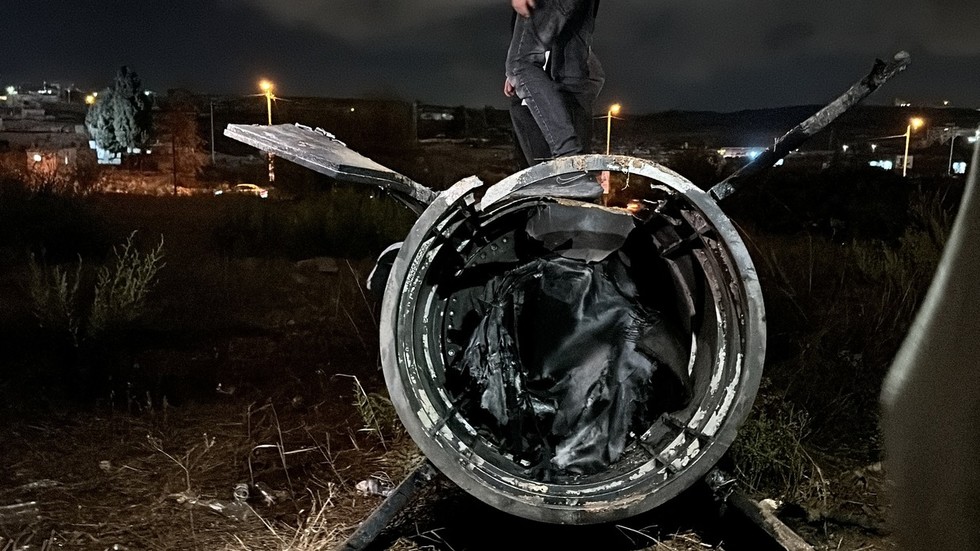In a recent turn of events, a serious breach of classified military intelligence involving the Israel Defense Forces (IDF) has been confirmed, triggering an investigation by the United States. This breach coincides with escalating tensions between Israel and Iran, particularly following Iran’s aggressive missile strike that aimed nearly 200 ballistic missiles at Israel in early October. The documents were posted to an anonymous Telegram channel known as Middle East Spectator, which is critical of Israel and focuses on regional events. The release of these documents has prompted concern not just within the IDF but also among U.S. officials, who are apprehensive about the security implications of this leak.
According to reports, two key documents were leaked outlining Israel’s preparations for potential strikes against Iran. One document, reportedly prepared by the Pentagon’s National Geospatial-Intelligence Agency, indicated that the IDF was engaged in critical munitions preparations and covert unmanned aerial vehicle (UAV) operations, suggesting a possible imminent military response to the ongoing conflict. Additionally, the second document detailed a large-scale military exercise conducted by the Israeli Air Force on October 15 and 16, emphasizing Israel’s readiness for potential military action. This disclosure raises alarms regarding the integrity of classified military operations and the possibility of revealing operational strategies.
The Telegram channel that published this sensitive information stated that it received the documents from an anonymous source on the platform. The channel emphasized that it had no connection to the original leaker, introducing an element of uncertainty regarding the identity of the individual who accessed and disseminated the classified materials. This context is crucial as it highlights the vulnerabilities associated with information security, especially in geographic areas rife with conflict where military tactics and intelligence can significantly influence the outcome of confrontations.
Amidst these developments, reactions to Iran’s missile strike on October 1 remain significant. The IDF reported that the majority of the projectiles were intercepted, but the attack’s consequences were stark, resulting in the death of a Palestinian man from the West Bank due to a falling missile fragment. This unfortunate event underscores the dangerous reality of the ongoing conflict between Israel and Iran, as well as the collateral damage that such military exchanges can inflict on innocent lives. As tensions continue to rise, the uncertainty surrounding Israel’s retaliatory response adds to the fraught situation.
While details of Israel’s anticipated retaliation are still unclear, U.S. officials and Israeli sources suggest that potential strikes may focus on military targets in Iran rather than critical infrastructure such as nuclear facilities or oil installations. Prime Minister Benjamin Netanyahu’s office stated that decisions regarding a military response will be based strictly on Israel’s national interests. This degree of ambiguity indicates both a calculated approach to military strategy and an awareness of the complex repercussions that could arise from engaging in open conflict with Iran.
The ongoing investigation into the leak of these classified documents emphasizes the broader implications of intelligence security in military operations. With tensions at an all-time high, the demand for secured communication and operational secrecy is paramount. The breach raises crucial questions regarding the methods and protocols in place to safeguard sensitive information, particularly in high-stakes environments where geopolitical tensions could escalate rapidly. As the situation develops, both Israel and the United States are likely to face increased scrutiny over their military strategies and intelligence-sharing practices, highlighting the intricate balance between national security and operational transparency.

